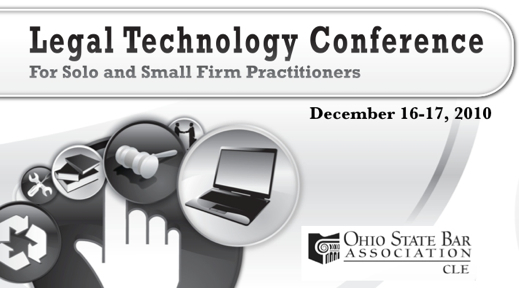
I was thrilled to present the “Mac Track” at the Ohio State Bar Association Legal Technology Conference last week. I’ve been honored to be invited to speak at the conference for the past five years, but it’s only been the last three years where I’ve been asked to speak on Macs.
Three years ago at the Conference, I did one session on Macs. This year, I did three.
Three years ago, there were about 10-12 folks in the room for that single Mac session. This year, the room was full with about 25 folks, while the iPad session was packed with 40-45.
My first session was “IPractice on an iPad” and there was definitely a lot of interest in the topic. I started off by proclaiming why I think the iPad has a place in the practice of law.
My reason may sound trivial because it’s something most folks never consider. But the fact that we can simply rotate the iPad into “portrait” mode to see a full document page is indispensable to all the reading that we do.
So many people tell me that don’t like reading documents on a computer screen. I understand it can be bright and awkward, but I think the real, ambiguous reason is because we only see HALF the document on a computer screen. Computer monitors are wider than they are tall which is great for watching videos or juggling multiple application windows. But when we read a document on a 8 1/2″ x 11″ physical piece of paper, we see the entire document. The iPad gets us very close to that experience at a digital level.
There were lots of great questions at the end of the iPad session, and I’ve learned that any time I give a talk on iPhones or iPads, I have to leave time at the end so that the audience can share their favorite apps. Everybody has a favorite app they want to share and I always learn about one or two new ones!
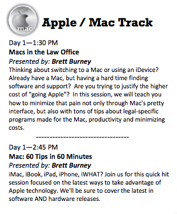 The two Mac sessions had a smaller, but more focused crowd. In the first session, I provided some tips for recent “switchers” as well as the long-time Mac users. In the second session, I provide a boatload of general tips, applications, resources, and tweaks that benefitted all Mac users.
The two Mac sessions had a smaller, but more focused crowd. In the first session, I provided some tips for recent “switchers” as well as the long-time Mac users. In the second session, I provide a boatload of general tips, applications, resources, and tweaks that benefitted all Mac users.
Much thanks to my friends Paul Unger & Barron Henley at Affinity Consulting for the invitation to speak again, as well as the excellent staff members of the OSBA CLE department. I thoroughly enjoy speaking at this conference every year, and I’m grateful that they’ve allowed me to speak more and more on Macs. I was told that attendees keep requesting more sessions on the Mac, so they keep adding more Mac content.
There’s a lesson to learn there – make sure that you petition your local or state bar for more Mac education. I’m happy to come and present to any group that’s ready to learn more about using iPhones, iPads, and Macs in their law practice!
Here’s a shot that the Affinity folks put up from my cloud presentation on Twitpic.

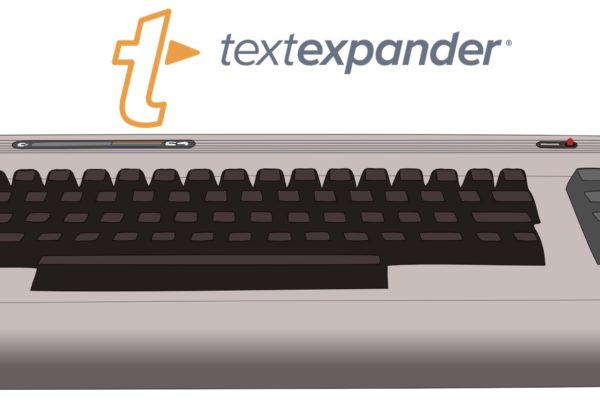
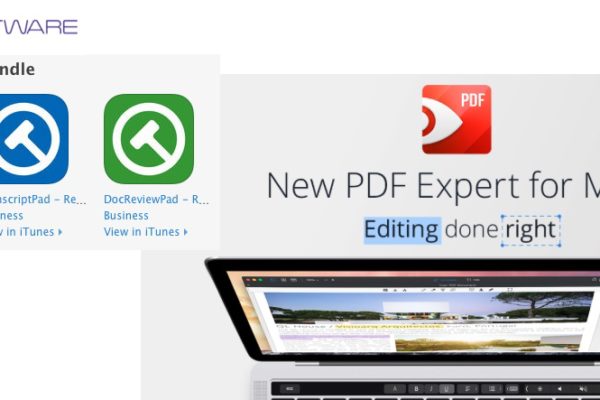
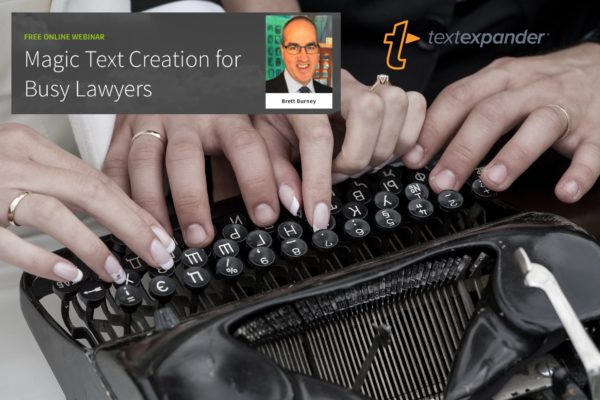
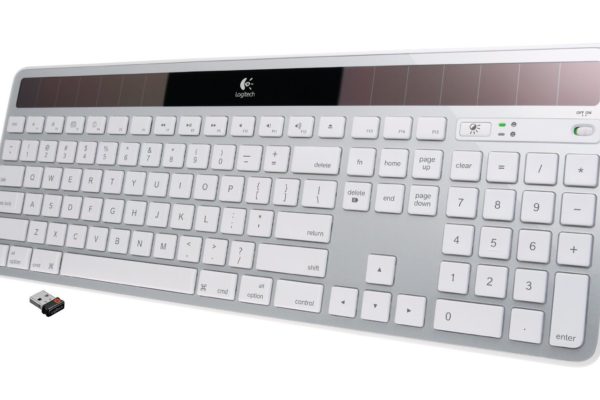
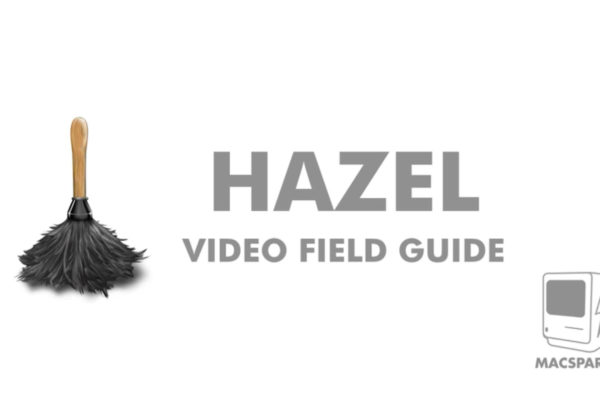
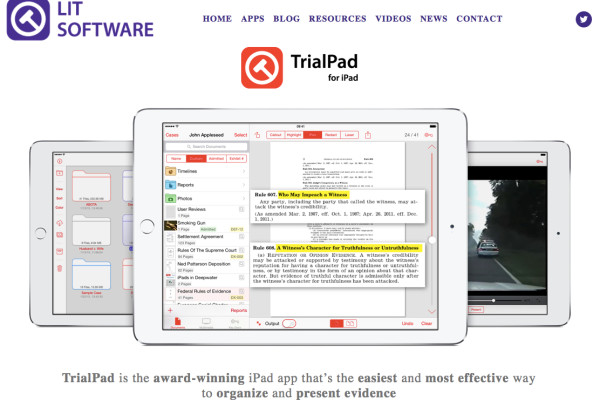
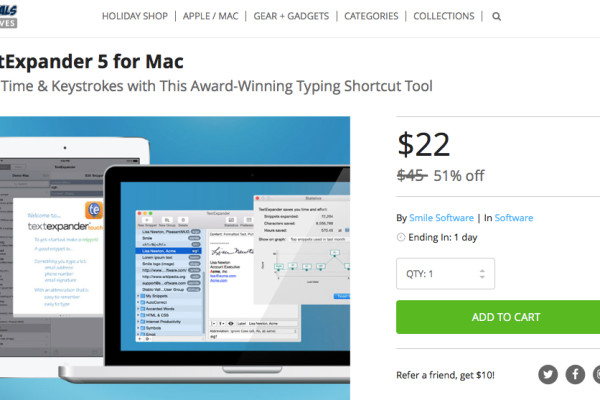
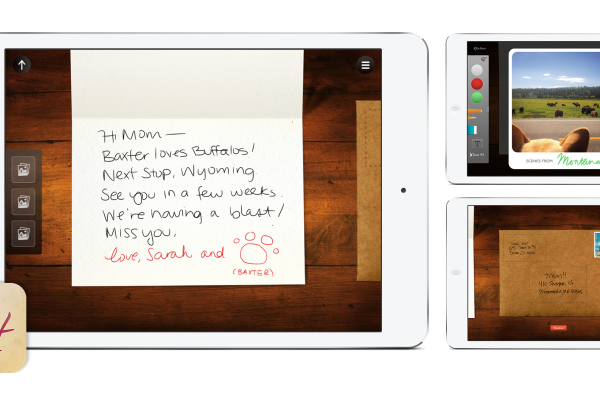
I hate to tell you this but the iPad but it is a terrible substitute for a full presentation program like TrialDirector or Sanction. No dual monitor-off screen support, no dual document display, not synched testimony, and that is just off the top of my head.
It’s one thing to show a few pdfs which is what most mac lawyers handle, very small cases, but for even a moderate sized case, someone would be at a distinct disadvantage using the iPad.
So, stay with your iPad for small firms but don’t think for one minute you can sell this to any serious law firms.
Red
Tech IT
Fulbright
Red, I completely and absolutely agree. We’ve actually been having a thorough discussion about using an iPad in court on the Macs in Law Office listserv.
I actually don’t advocate in my post that anyone should be using the IPad as their primary trial presentation tool. There is no way that it can compete with the features you mention from TrialDirector, Sanction, TrialSmart, etc.
The way I see most lawyers using the iPad in a courtroom is NOT for presentation purposes, but as a way to access and read their documents. Trial teams may still truck in a dozen bankers boxes of paper to feel good about having a “backup,” but the iPad is a an excellent tool for quickly brining up PDFs to read through and search prior testimony or other exhibits while you’re sitting at the table. That’s helpful for any lawyer regardless of what size firm they come from.
The VGA out option on the iPad is a neat toy right now, but Apple has limited its functionality, and App developers have to build the option into their programs. It does work very well, however, on the Keynote application (even on converted PowerPoint files) which can be used as a more linear presentation during an opening or closing.
Thanks for your comment!
[…] week during my “iPractice on an iPad” session at the Ohio State Bar Association’s Legal Technology Conference, I was proclaiming how the iPad can be useful to pull up information from the web when you’re […]
Not sure I still agree with you.
At Fulbright, if our lawyers need access to their docs, they have them loaded onto their laptops where they have other apps to use them and view them with such as iPro or DocuLex. We also get a document index to use and quickly find the index or the document we need using Summation or Concordance. I see no way to effectively search hundreds of pdfs or thousands of pdfs and an index at the same time on an iPad.
It doesn’t make sense to have 2 toys in the courtroom now, a laptop and then an iPad.